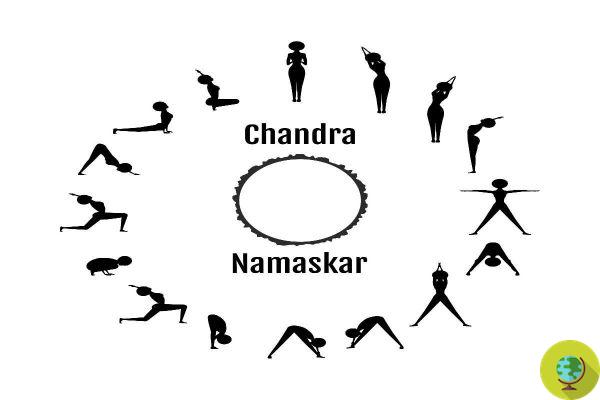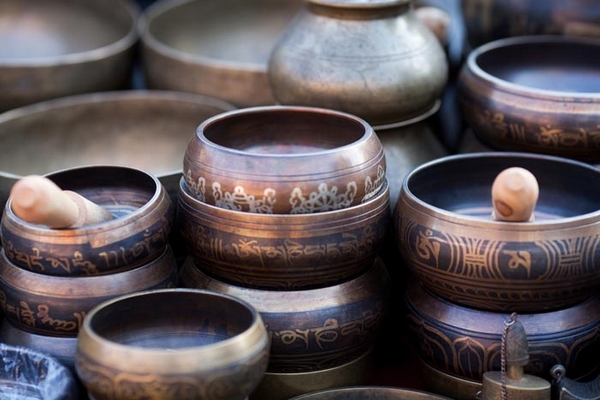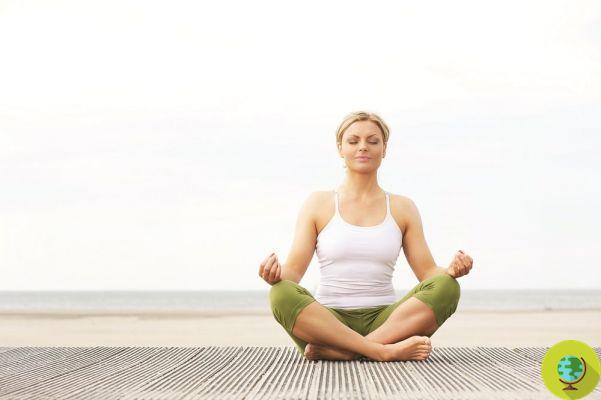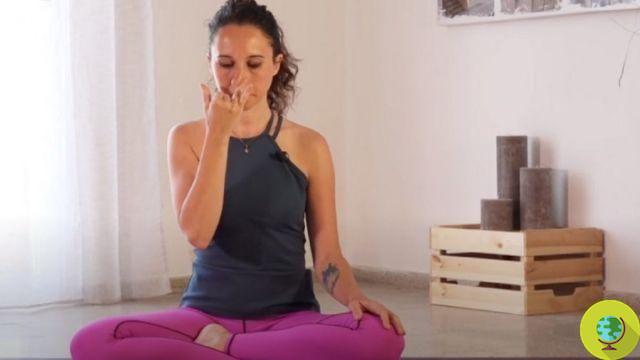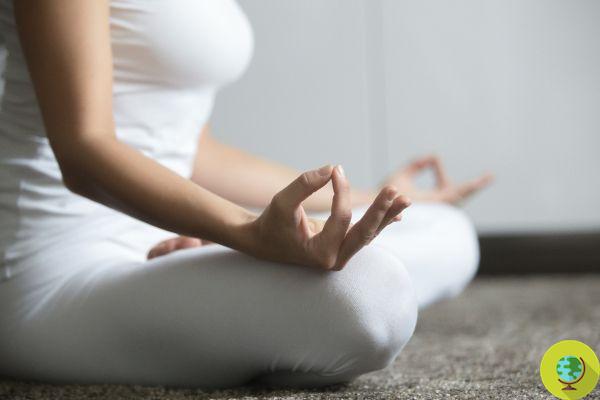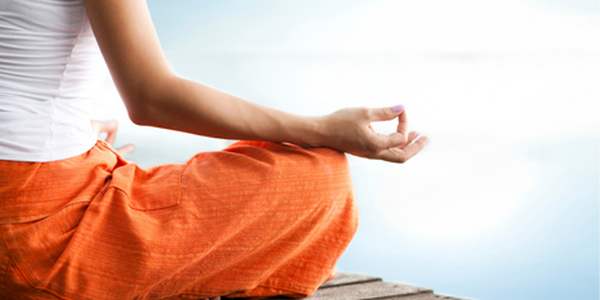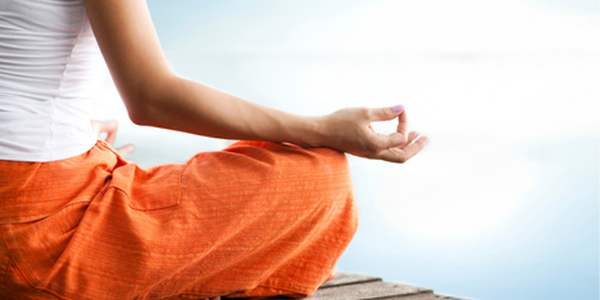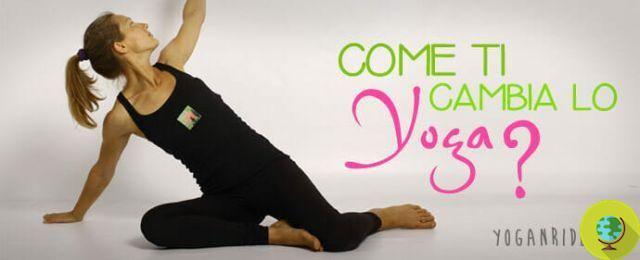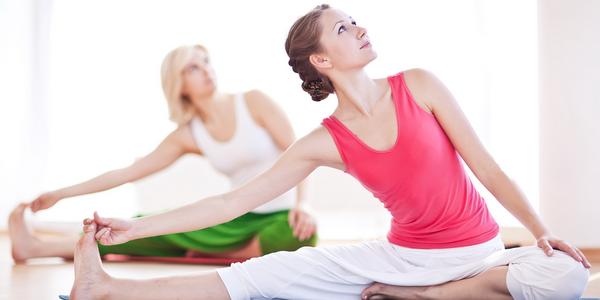What is the thymus gland and why is it so important to our health? How to stimulate her and always keep her in shape? How does it affect mood, and empathy?
Don't store avocado like this: it's dangerousWhat is the thymus gland and why is it so important to our health? How to stimulate her and always keep her in shape? How does it affect mood, and empathy?
In the center of our chest, below the breastbone and near the heart is the thyme. In greco thymos means life energy.
It is a gland that is active especially during childhood and it seems that with the growth and the arrival of adulthood it tends to shrink, almost disappear. Science still has to clarify many points regarding the functioning of the thymus and its usefulness for our health.
At the moment we know that the main function of the thymus is of the immune type and concerns the contribution to T cell production, also known as T lymphocytes. These cells form the immune defenses thanks to which our body protects itself from external attacks. The thymus is therefore seen more as one immune gland than like an endocrine gland.
Thyme produces a substance called thymosin, identified in the XNUMXs by Allan Goldstein as a substance naturally produced by thymic gland, which acted in the maturation of the immune system and in the production of so-called T cells.
Specifically, as the Humanitas hospital points out, the thymus is part of the lymphatic system, a network of thin vessels that carry lymphocytes, a type of white blood cell that helps the body fight infection. The thyme produces T lymphocytes, which kill viruses, stimulates B lymphocytes to produce antibodies that fight bacteria.
It seems that for a long time the thymus was considered an almost useless gland especially once it reached adulthood but now we are beginning to understand that the thymus could be a very fundamental pillar for the immune system and that its correct functioning could be linked to our health and happiness.
The hope is that medicine and science will investigate the importance of the thymus and the actual ways of functioning given that this gland seems to be very reactive in the face of attacks by microbes and toxins and that it is also sensitive to exposure to light. , smells, sounds, words and emotions.
If we look for a match between thyme and emotions, the thyme is undoubtedly related tolove, to happiness and to our deepest feelings. In Yoga the thymus is related to Cakra of the heart (the fourth Cakra, Anahata), to which the feelings of affection and empathy are associated.
Let's summarize the features and benefits thyme.
- It is a gland of the immune and lymphatic system
- produces thymosin
- Contributes to the formation of T lymphocytes
- Stimulates B lymphocytes
- It helps us fight viruses and bacteria
- Corresponds to the Cakra of the heart
- It is associated with love, affection and empathy
Index
Yoga exercises for the thymus
There are some Yoga exercises that are focused on the heart Chakra to which the thymus corresponds.
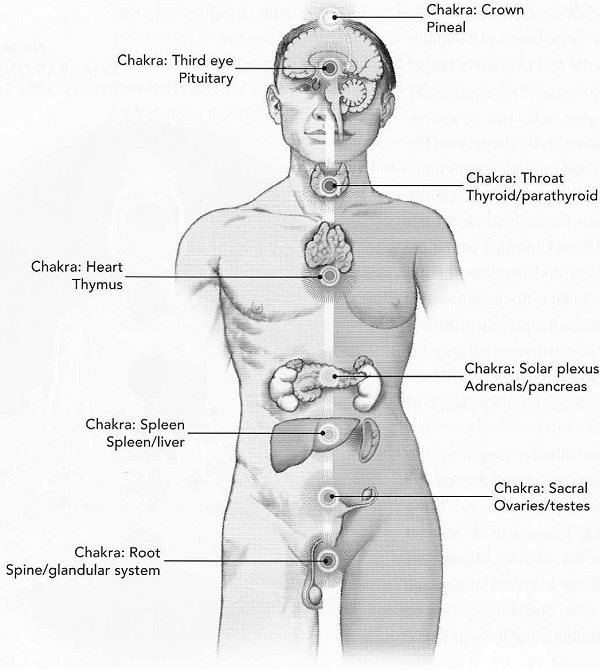
These are in particular the asana (postures) of Hatha Yoga dedicated to the 'opening' of the chest and chest.
- Bhujangasana (Cobra pose)
- Dhanurasana (Bow Pose)
- Matsyasana (Fish Pose)
- Ustrasana (Camel Pose)
- Virabhadrasana (Warrior Pose)
Bhujangasana (Cobra pose)
In the cobra asana we start in the prone position. The chest is raised by pressing on the palms of the hands that remain resting on the mat and contract the buttocks to protect the lumbar.
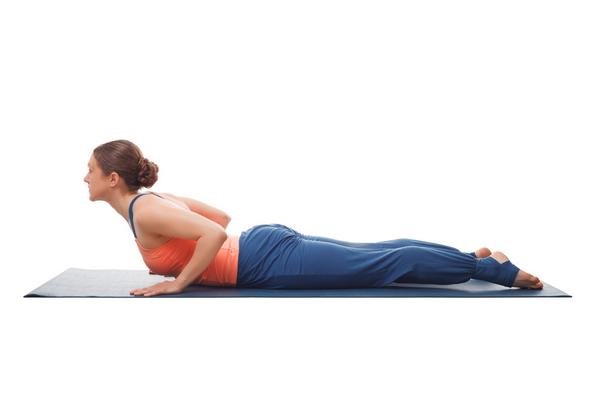
Dhanurasana (Bow Pose)
Also to perform the bow asana you start in the supine position. You raise yourself both with the torso and with the legs in order to be able to grab your ankles With the hands.
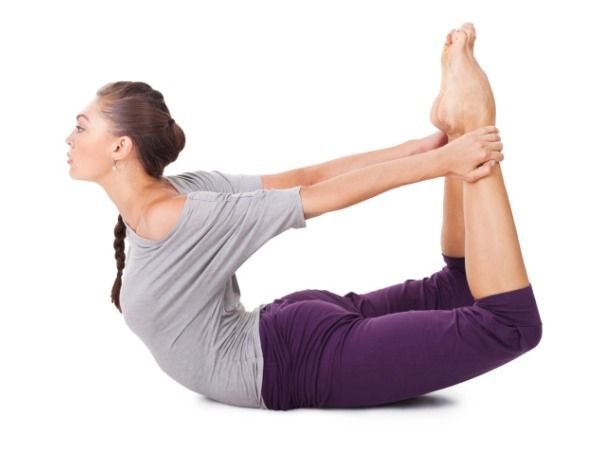
Matsyasana (Fish Pose)
The fish position is practiced starting lying on the mat in the supine position. There are some variations with legs crossed or stretched out, with hands joined at heart level or with arms at the sides of the body.
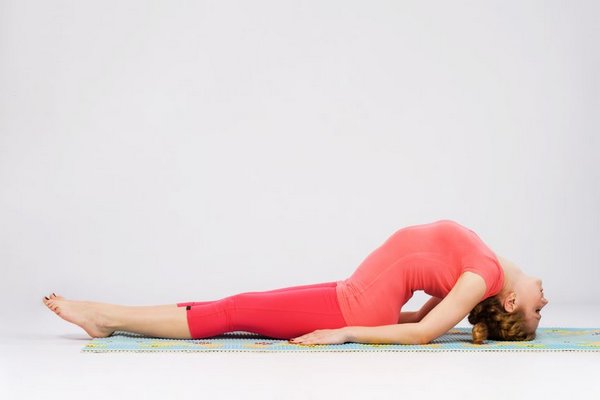
Ustrasana (Camel Pose)
The camel pose is an asana on your knees which leads to directing the chest upward. First bring your arms forward, parallel to the ground, and then backwards, until you grab your ankles.
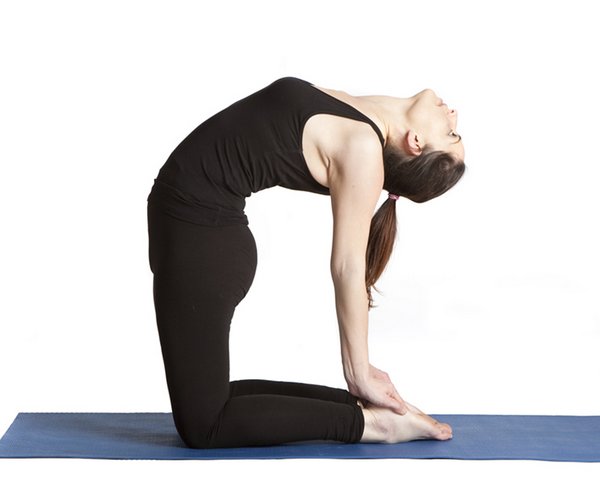
Virabhadrasana (Warrior Pose)
In the position of the warrior the arms are directed upwards as well as in part the chest and the gaze can be. The legs are spread apart and in particular the front leg should be perpendicular to the floor and form a right angle with the thigh.
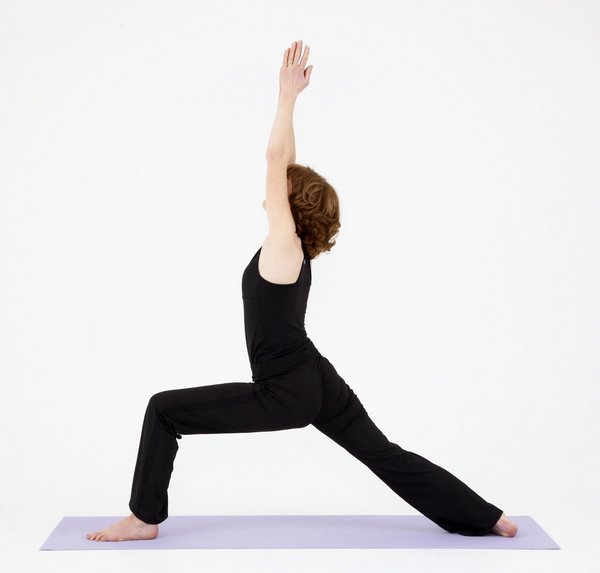
The functions of the thymus could extend beyond the immune defenses but we will have to wait to understand what future scientific discoveries will be from this point of view. In the meantime we can train and stay healthy also thanks to Yoga.




